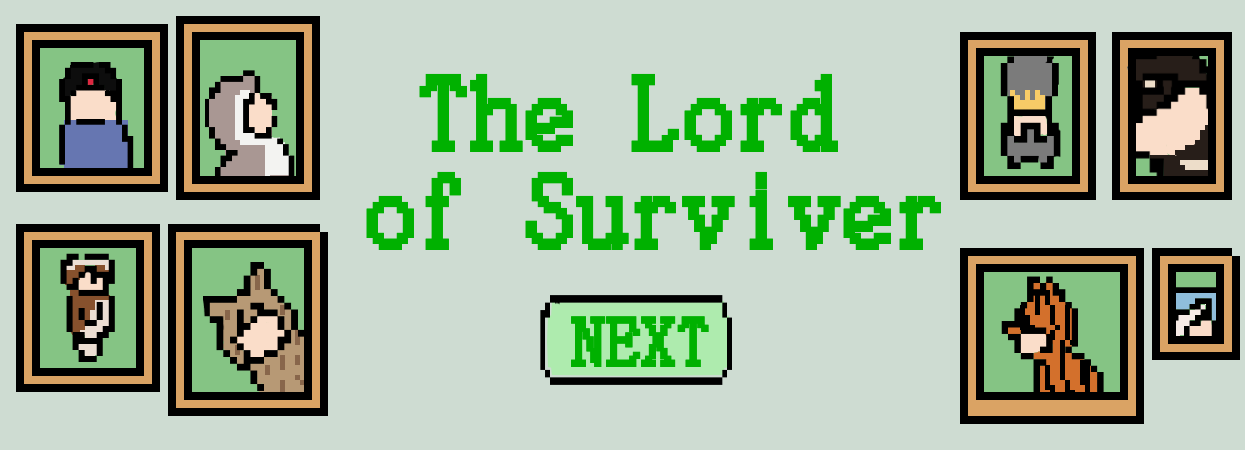
Overfishing &
|
Overfishing and Poaching are two of the significant causes of animal extinction. But why do these conditions happen?
As a result of these factors, the problem of animal extinction is gradually becoming evident, which also brings up negative influences.
Examples
Solutions
|
Invasion of
|
.png)
|
 (2).png)
|
 - exotic line.png)
|
Exotic AnimalsExotic animals have a great impact on the environment and local economy. Since exotic animals will either capture the domestic animals or compete for food, resources, and habitat with them, these lead to endangered domestic animals. Moreover, exotic animals might bring diseases or parasites with them as they arrive, and domestic animals are severely affected. It’s the same idea that when Europeans arrived in America, they accidentally brought diseases with them, which caused great depopulation among Native Americans. Exotic animals can not only affect their similar species but also devastate the whole habitat. For example, the apple snails, originally from South America, are capable of adapting to the environment. All kinds of freshwater environments are invaded in Taiwan. Many local ecosystems are imbalanced since they occupy many lands. In addition, exotic animals can also affect local agriculture. For instance, the Iguana, a kind of lizard with green skin from America, eats all kinds of green vegetables due to its herbivore instinct. Many farmers complain that red bean fields near the water are easily eaten by green iguanas, and their harvest is all gone. |
Habitat and DamagingHabitat loss, which is the reason for animal extinction, due to destruction, fragmentation, or degradation of habitat—is the primary threat to the survival of wildlife all over the globe.
|
 (3).png)
|